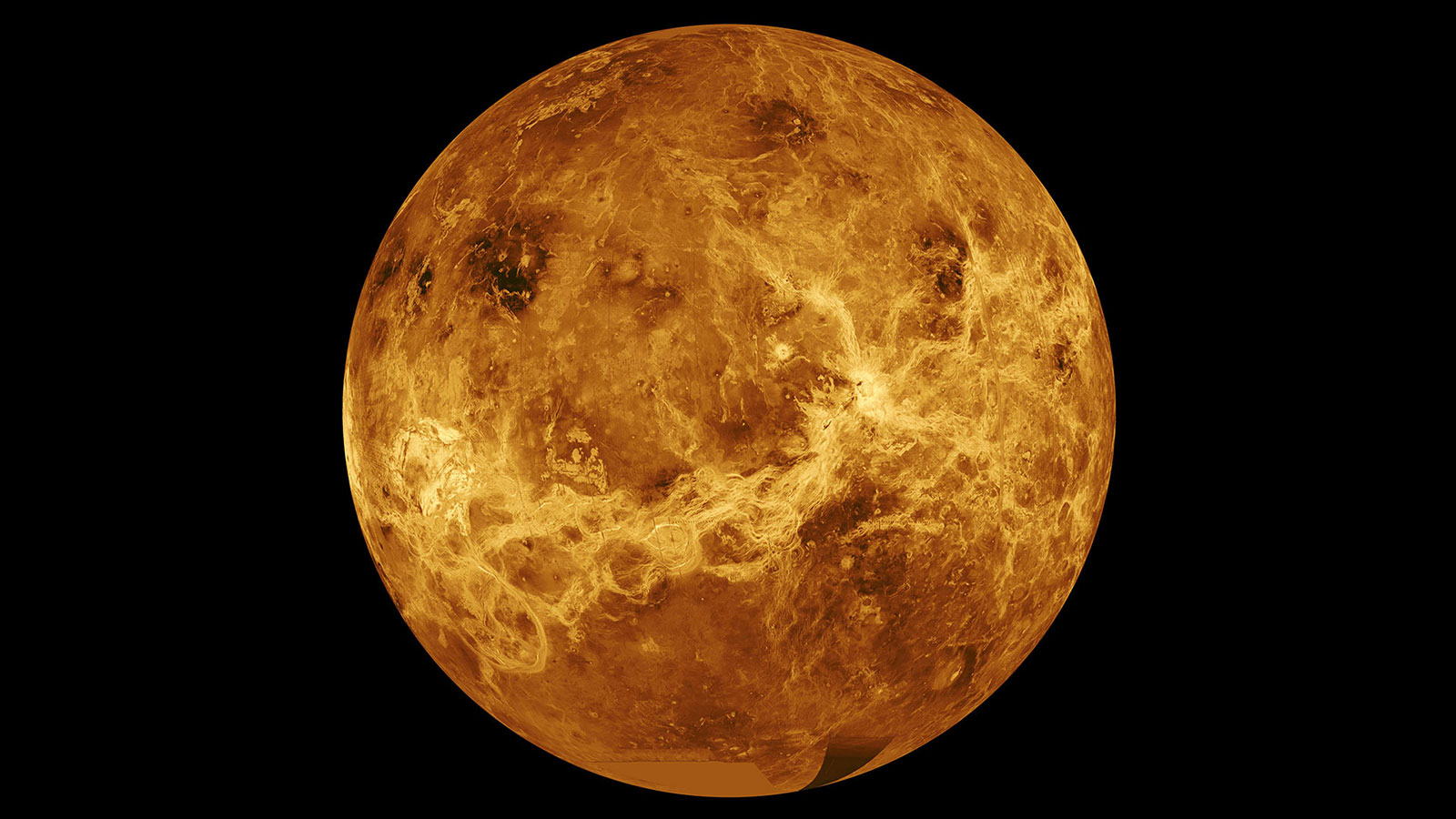On and around Labor Day, Monday Sept. 5, 2022, sky watchers on Earth will have the opportunity to see Venus move next to the bright star Regulus. The conjunction between the brightest planet in the night-sky, Venus , and the brightest star in the constellation of Leo, Regulus , will last from Sept.
4 until Sept. 5 and will be visible in the east just before sunrise. The period is also significant for Venus as the second planet from the sun will be at the closest point in its 225-day orbit to our star, known as the perihelion.
Related: Night sky, September 2022: What you can see tonight [maps] Because the planet's orbit is close to circular, there isn't much of a difference between perihelion and aphelion — the furthest point in its orbit from the sun — with a variation of only around 1. 5%. Venus will be in the constellation of Leo in the east-northeastern sky at this point, low in the sky around sunrise on these three days.
While clear skies should be enough to see Venus — which will be moving towards the glare of the sun — sky watchers may need to at least break out the binoculars to see Regulus, which will itself be ascending in the sky. Venus will pass within about 0. 8 degrees of Regulus with the objects separated in the sky by a distance similar to the diameter of the moon .
Though Venus and Regulus — also known as Alpha Leonis — will be nearby each other in the night sky as viewed from Earth, in real terms, they are anything but proximate. While Venus is an average of about 12 to 13 light-minutes from Earth , Regulus is a bright main sequence or hydrogen-burning star located 80 light-years from the solar system. But, while it isn’t close to partnering up with Venus, Regulus isn't lacking company.
Regulus, estimated to have a mass of about a three times that of the sun, was once considered to be a single star but is now known to be part of a binary system . The companion of Regulus is believed to be a stripped stellar with a mass about a third that of the sun. This core, which was separated from its outer layers when it ran out of hydrogen for nuclear fusion and could no longer support itself against gravitational collapse, will eventually become a white dwarf star .
Despite being incredibly hot with temperatures approaching highs of 35,500 Fahrenheit (9,704 Celsius), this stellar core has been tougher to spot than its brighter stellar partner, Regulus. Looking for a telescope to see Venus or Regulus? We recommend the Celestron Astro Fi 102 (opens in new tab) as the top pick in our best beginner's telescope guide . Following the conjunction, Venus will no longer be visible in early September due to the glare of the sun.
By Oct. 22, the planet will pass behind the sun, emerging again before the end of 2022. You can check out our guides for the best binoculars and the best telescopes to spot Venus and Regulus.
If you're hoping to capture a good photo of the night sky, check out our guide for photographing the moon , along with our recommendations for the best cameras for astrophotography and best lenses for astrophotography . Editor's Note: If you snap a photo of the Venus and/or Regulus and would like to share it with Space. com's readers, send your photo(s), comments, and your name and location to spacephotos@space.
com. Follow us on Twitter @Spacedotcom (opens in new tab) or on Facebook (opens in new tab) . .

